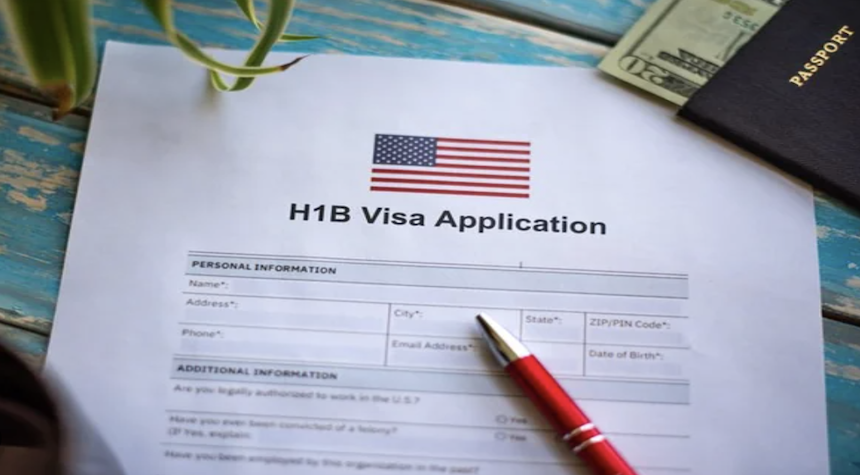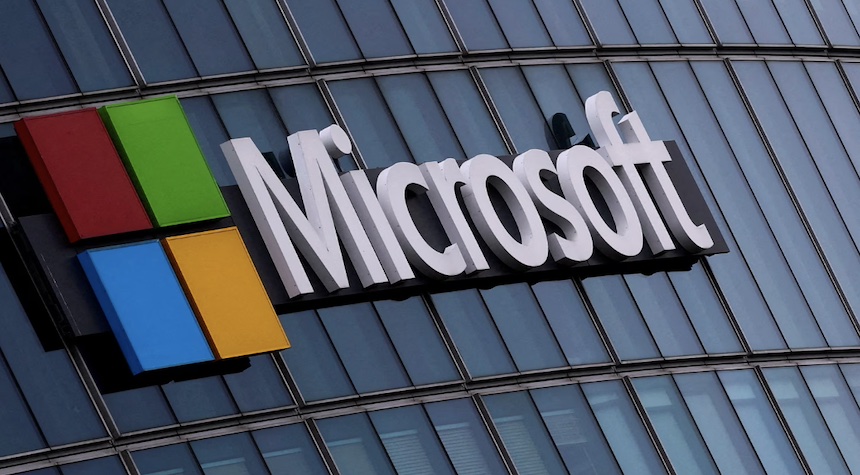Reports from the technology sector indicate that Microsoft’s recent decision to lay off approximately 9,000 employees has ignited a debate about the company’s use of H-1B visas. Let’s examine the details.
Microsoft ranks among the top 20 companies for H-1B visa approvals in fiscal year 2024, with 1,264 initial employment petitions granted. The H-1B program, as defined by U.S. Citizenship and Immigration Services, allows employers to hire specialized foreign workers, with an annual cap of 65,000 visas, plus an additional 20,000 for those with advanced degrees.
Steven Camarota, director of research at the Center for Immigration Studies, told Newsweek, “There’s nothing strange here” regarding Microsoft’s H-1B usage. He added, “The actual data we have never supported the idea that we are short of workers in the way that the business community says.”

It’s important to note that the exact number of H-1B visas Microsoft has applied for this year remains unclear. This raises important questions about the relationship between corporate hiring practices and the use of guest worker programs.
The facts, as we now know them, present a complex picture of labor practices in the tech industry. Both supporters and critics of the H-1B program offer compelling arguments, and the public debate continues.

